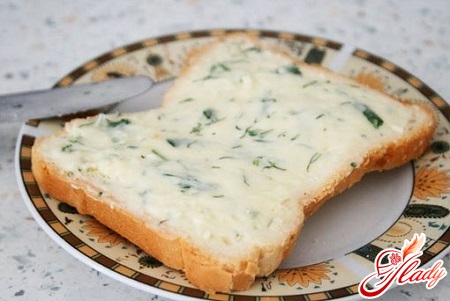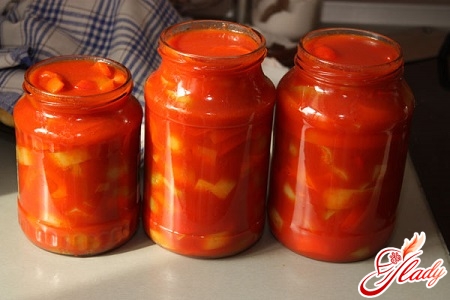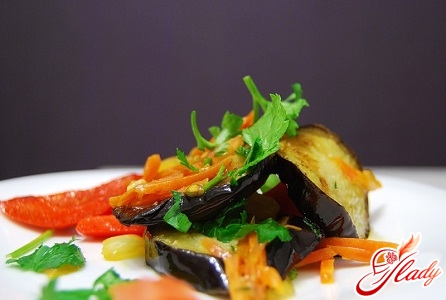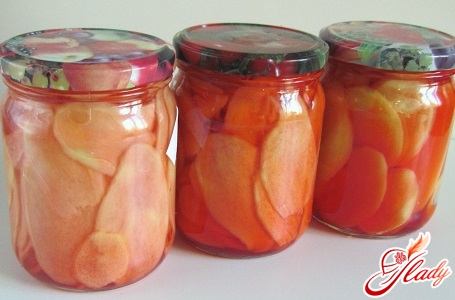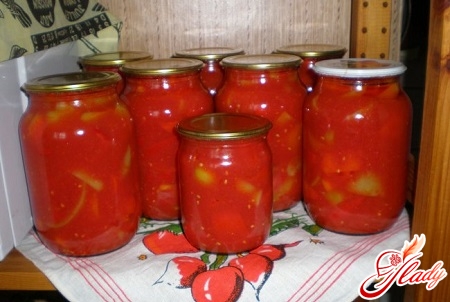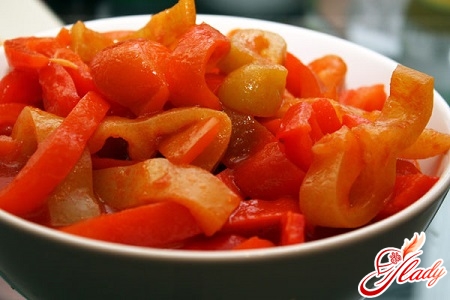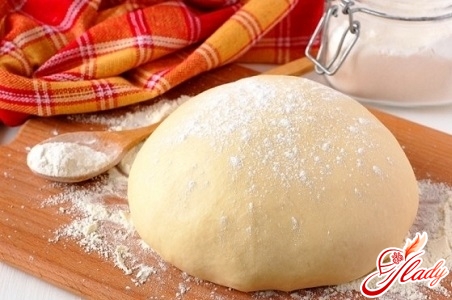
There is no limit to the diligence of manufacturers.And all for the sake of at least somehow helping busy modern women. The shelves are literally "bursting" with a variety of ready-made types of dough: dumplings, pie dough, rich sweet; puff pastry, both with yeast and without them. There are semi-finished products for pizza and cake. However, doubts arise that among all this assortment it is possible to find yeast dough on kefir. From such an abundance it is not surprising and has already forgotten how to make dough yourself, but still there is nothing tastier and better than home baking. After all, in addition to the necessary ingredients, a loving soul is put into it. It is not for nothing that true masters of cooking, pushing aside mixers and kneaders, carefully knead the dough with their hands. Of course, you can’t knead it with your hands for hundreds of people in the catering industry, but at home it is quite possible. And you also need to take care of the purity of your thoughts, leaving work problems and troubles outside the door of the house. It is good thoughts that make the dish especially tasty, and the recipe valuable. Well, now we can talk about the components of the future dough. First, about yeast. The choice is small, for cooking they usually take raw pressed baker's yeast or dry. They also come in liquid form, but such a consistency is used only in large enterprises.
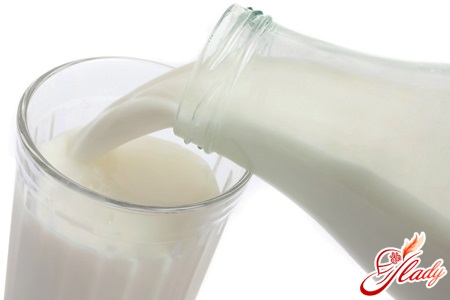
What you need to know about yeast
The speed of rising depends on the quality of the yeastdough and the splendor of future baked goods. Some housewives trust only raw yeast, considering dry fast-acting yeast to be undesirable chemicals. It is unlikely that any housewife, "conjuring" in her kitchen, thinks about the fact that yeast is a single-celled microorganism and a pressed pack of yeast is nothing more than the maximum accumulation of yeast cells. Naturally, they have a strong reaction due to their concentration. In the production of such yeast, molasses (waste from beet production) is used as the main food for them. Only molasses is not enough, and at the yeast factory nitrogen and phosphorus are added to it, acidifying it in advance. The quality of such yeast is determined by a characteristic creamy-yellowish hue and a stable consistency; they should crumble when pressed, but not smear, which happens when the yeast is suddenly moved from the cold to the heat. If the yeast was purchased in advance and stored in the freezer, this will not affect its properties. Low temperatures are not scary, they simply slow down the life process, and the yeast goes into suspended animation. Therefore, if a raw pack of yeast was frozen, it should first be slowly defrosted at a temperature no higher than 8 degrees. Otherwise, the yeast will turn into a shapeless mass and spread. The disadvantage of such yeast is that the shelf life is limited to only a day. In the refrigerator without freezing, they can withstand two weeks, and in the freezer - up to 3 months. Therefore, it should be taken into account that even when frozen, their shelf life is limited. Dry yeast began to be used in home cooking only since the end of the 19th century. Many recipes today indicate the amount of raw or dry component, at the choice of the hostess. Dry yeast can easily replace pressed yeast, since they are the same thing, only in dried form. However, such yeast is divided into dry active and dry fast-acting. Sometimes these concepts are confused and active granules are put directly into flour, which is fundamentally wrong. The first representatives need preliminary soaking in warm water no higher than 37-38 degrees. They should be kept in the liquid for about 15 minutes so that they "bloom". Fast-acting yeast does not need such preparation. It is important to maintain the proportion of yeast relative to the amount of flour. As a rule, 50 g of yeast is taken per 1 kg of flour, but if the baking is sweet and rich, then the amount of yeast increases by about 2 times. For bread dough, on the contrary, it decreases. As for dry yeast, it should be taken 3 times less than raw. Currently, in some supermarkets you can find not only dry yeast of imported production, but also raw yeast. When using them, you need to take into account that they behave much more actively. This means that you will need at least 2 times less raw yeast, and 4-5 times less dry yeast. An overdose of yeast is highly undesirable, since the dough will only rise worse from this, and the baked goods will have an unpleasant sour smell.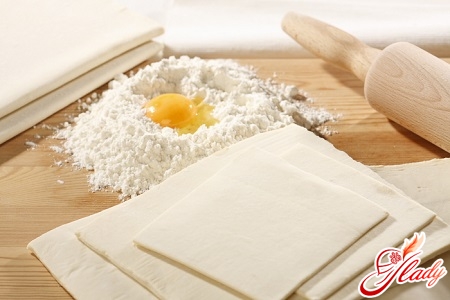
The role of yogurt in kneading the dough
To activate the activities of anyyeast, they need to create favorable conditions: a liquid environment, the necessary nutrients (sugar, nitrogenous and mineral compounds) and the temperature required for fermentation. The presence of sugar and a slightly acidic environment is necessary (alkali is harmful to them), because yeast "feeds" on glucose, sucrose, maltose, and from nitrogenous ones they prefer protein hydrolysis products. Therefore, it is known that one of the ingredients of the dough is milk or fermented milk products. Some housewives start only with milk or kefir for rich dough for buns or other sweet pastries, and for pies they prefer water-based recipes. However, yeast dough on kefir is such a universal "thing" that, having once tried one of these recipes, you will want to bake from it everything that your imagination can come up with. The silky consistency is felt already during kneading, but the point is not just in its pliability and elasticity in work. The main thing is that baked goods made from kefir dough do not go stale for a long time, which cannot be said about dough made with milk. And you can sing odes to its delicious taste! It is not at all necessary for the liquid to be only kefir. After all, if the dough is made with dry active yeast, then, according to the technology, they need to be dissolved. This should be done not in kefir, but in a small amount of warm water or milk with the addition of a pinch of sugar to activate the process. This is the preparatory stage. If raw yeast is used to prepare the dough, then only kefir is taken, which can replace the entire liquid component of the dough. It must be said that any fermented milk products add fluffiness to the dough and it rises faster than with water or milk. When positive experience in maintaining the ratio of flour and other ingredients is achieved, you can experiment, adding not only kefir, but also whey or cottage cheese to recipes.
The most popular recipes for kefir
One of the common "grandmother's" recipescontains the following ingredients: flour (2.5 cups), kefir (1 cup), vegetable oil (½ cup), sugar (1 tbsp), salt (1 tsp), raw yeast (50 g). Naturally, the yeast is first dissolved in kefir at room temperature, and then mixed with the other ingredients. The uniqueness of the dough is in the speed of rising, 1.5 hours is enough for this. It is suitable for both sweet pastries and khachapuri or garlic buns. You can also make rich pastries without dough using another recipe: kefir or whey (300 ml), yeast (50 g), margarine (250 g), salt (1/2 tsp), sugar (1/2 cup), eggs (3 pcs.). Such dough is immediately placed in the refrigerator after kneading, where the pre-melted margarine will harden slightly. Experienced cooks recommend doing this at night, and baking in the morning. Even if plans have changed in the morning, it is not scary: the longer the yeast dough on kefir lies in the refrigerator, the better. For those who are just beginning to master the art of baking, this recipe is recommended to use at first, because it is quite unpretentious in work. The above-mentioned recipe somewhat violates the traditions of ordinary cooking, because everyone knows that fermentation is activated at a temperature of 25-35 degrees. All housewives certainly strive to put their kefir in a warm place. And this is true, but not for all methods of dough preparation.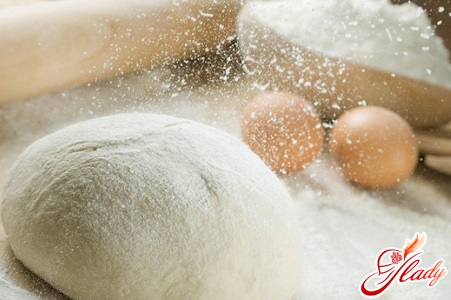
Traditional test recipe
The following recipe calls for heat, but it is not necessarythink that the warmer, the better for the speed of the process and the quality of the dough. On the contrary, if the ambient temperature exceeds 45 degrees, the yeast will also die. So, you will need 600 g of flour (and if the kefir is very liquid, then even more), a glass of kefir, 50 ml of milk, 25 g of raw yeast, 1 tsp. salt, 75 g of margarine or butter and 2 eggs. The amount of sugar depends on what kind of pastries you are planning, sweet or not. A tablespoon is enough for unsweetened ones, and 3 times more for sweet ones. You should not overdo it with sugar, since its excess will only “slow down” fermentation. Such dough is called heavy. It is better to add sweetness later, at the expense of a sweet filling. For pies, you can use a recipe without eggs at all or with the addition of 1 egg. Those who like a more viscous dough should reduce the amount of margarine. Although with kefir it will not be as viscous as with water. The dough will rise in 1.5 - 2 hours, but you need to press it with a wet hand and let it rise a couple more times. It is important to feel the thickness of the consistency, despite the fact that all the proportions are observed. After all, it is impossible to measure everything down to the milligram. Sometimes not only the thickness of the kefir matters, but also the size of the egg. 2 large ones, and 3 small ones will be needed. In order not to make a mistake with the thickness of the dough, you should scoop it up with your palm and try to shake it off your hand. Good dough will not linger on your hand and will not flow, but will slowly fall off. From the dough that has risen for the third time, you can sculpt any pretzels your heart desires. Having placed them on a greased baking sheet, you should let the future pies or buns rise for 40 minutes or more. But the pastries bake quickly: 15 - 20 minutes at 180-200 degrees.
Culinary tricks
Kefir can be used for the dough absolutelyany, but often housewives send a not very fresh product to baking. Of course, you can't throw away the good stuff?! But you need to take into account in this case that the over-soured product will also affect the acidity of the baked goods. Therefore, it is better not to use such kefir alone, but to dilute it with water or milk. The dough will turn out fluffy, porous, but moderately sour. It is better to use a large volume of "out of trust" kefir for another type of dough, without yeast, but with soda. Wanting to benefit the body, sending a fermented milk product with bifidobacteria to the dough, you need to understand that in baking all these properties will not matter at all, they will simply be lost. It is better to drink such kefir fresh. When preparing the dough, a controversial question sometimes arises whether it is necessary to tightly cover the container where it rises, or to let the dough "breathe". As the masters of their craft say, it does not matter. Yeast activity is the same in both aerobic and anaerobic conditions. When there is not much dough, it can be placed in a plastic bag, leaving room for it to rise. If time "patients", then the bag is placed in the refrigerator for a slow rise. Only shortly before cutting the dough should be taken out and allowed to warm up a little. Dry fast-acting yeast is a help for busy business ladies who prefer quick baking recipes. However, this type of yeast is also successfully used for making yeast pancakes with kefir. To do this, just mix flour with salt, sugar and yeast and pour in warm kefir. After 30 minutes, the dough will have risen and you need to put 1-2 eggs and warm water in it. Hot water is also possible - these will be custard, lacy pancakes, but thick and with a piquant sourness. Kefir pancakes are also not prohibited from being yeast.




